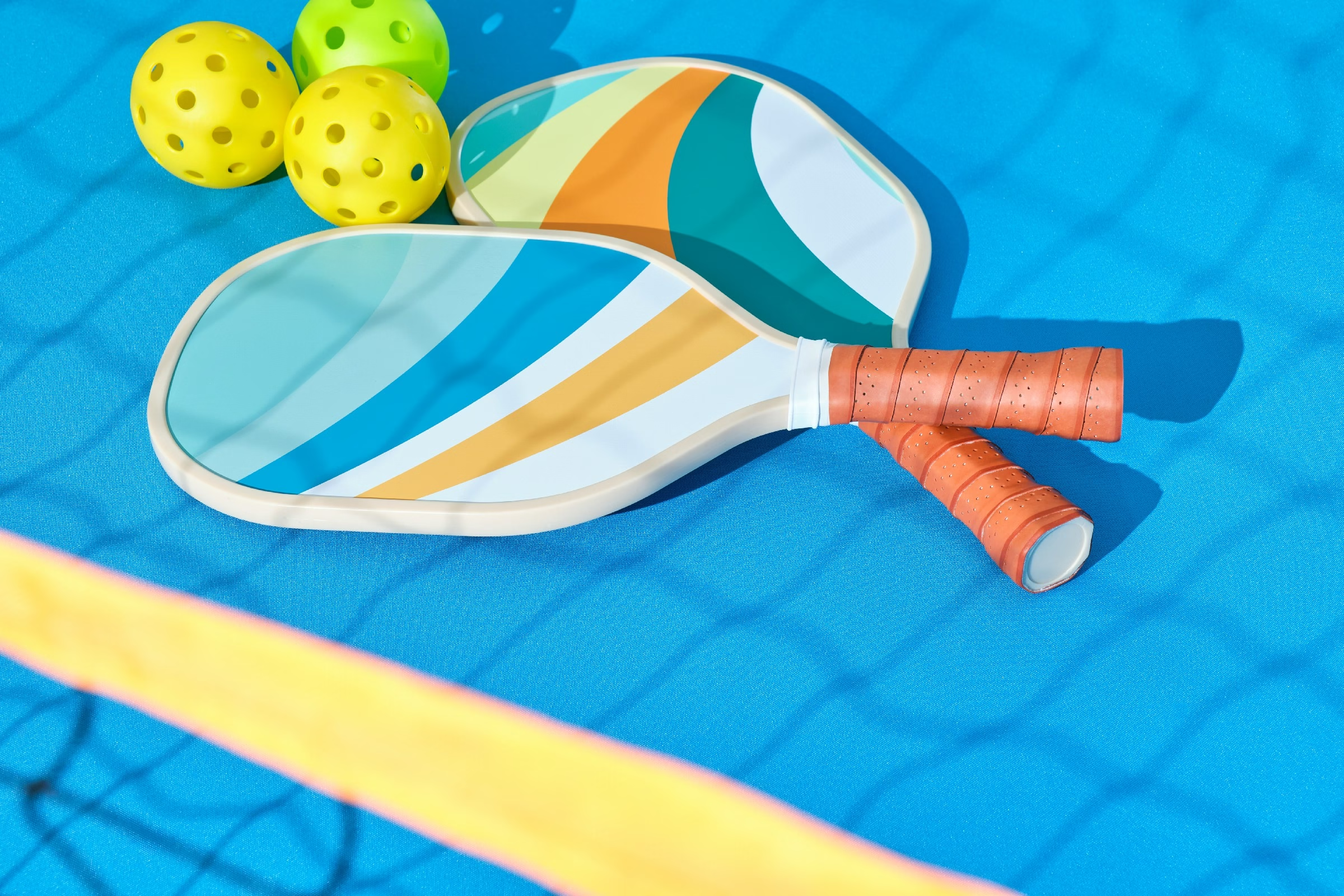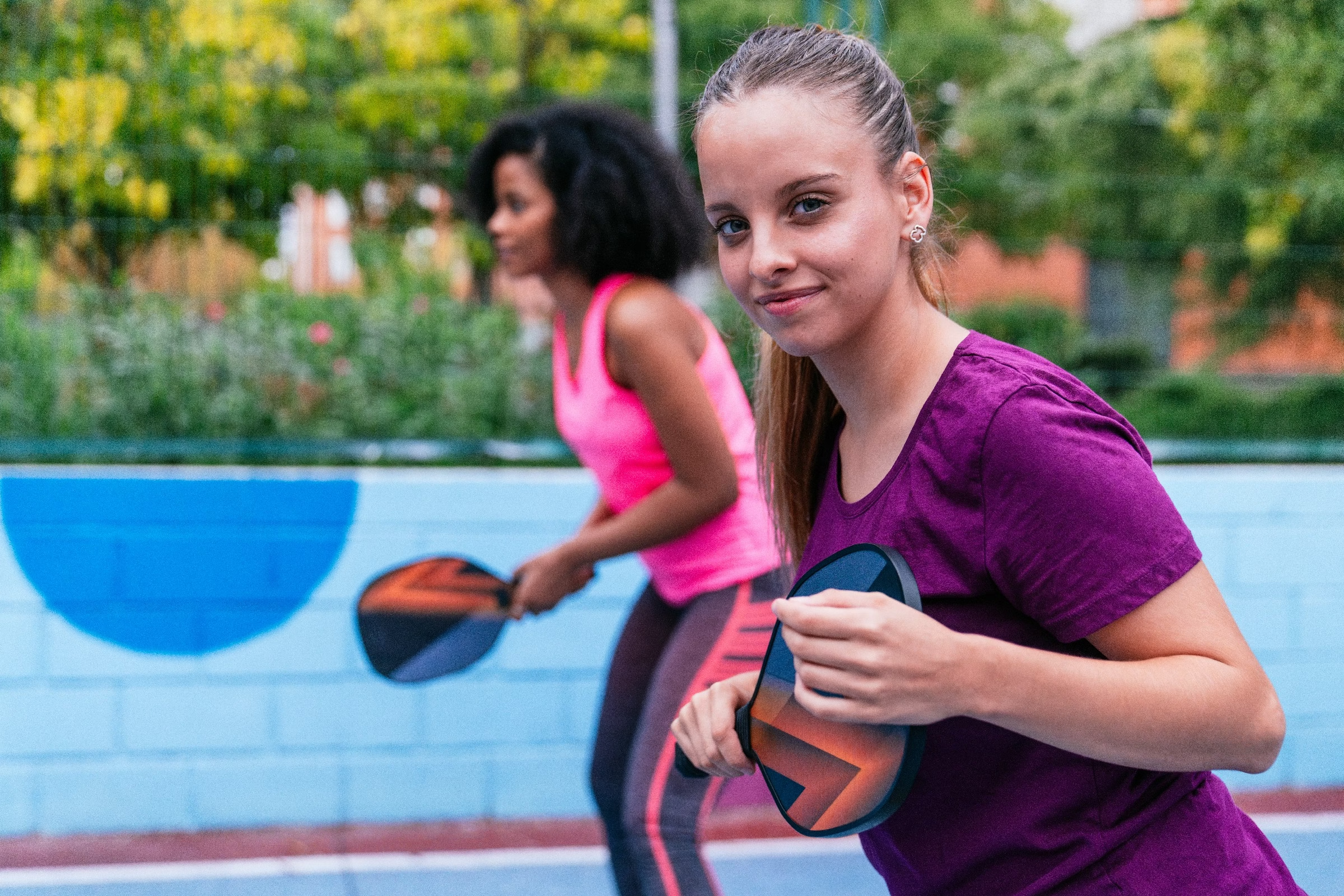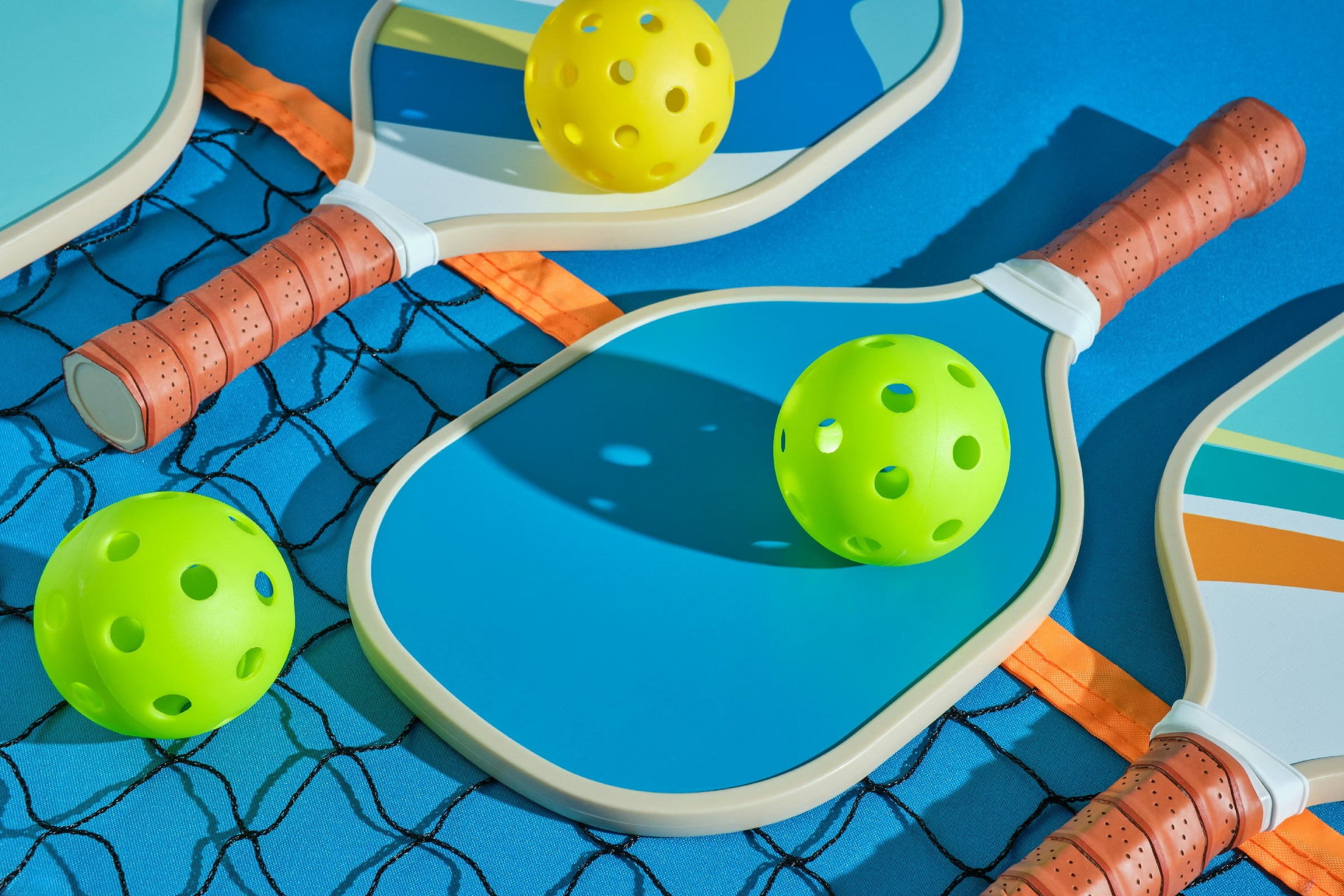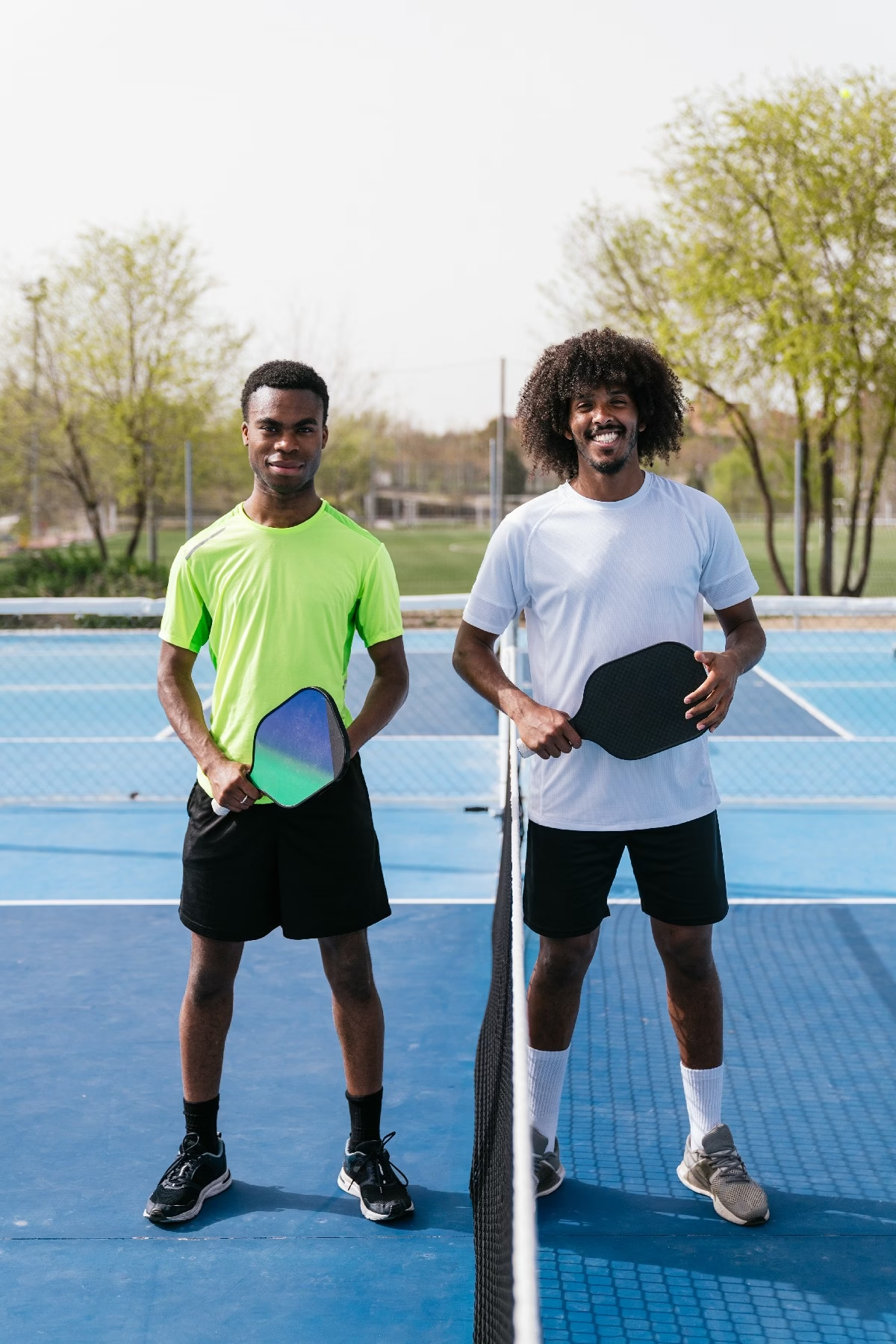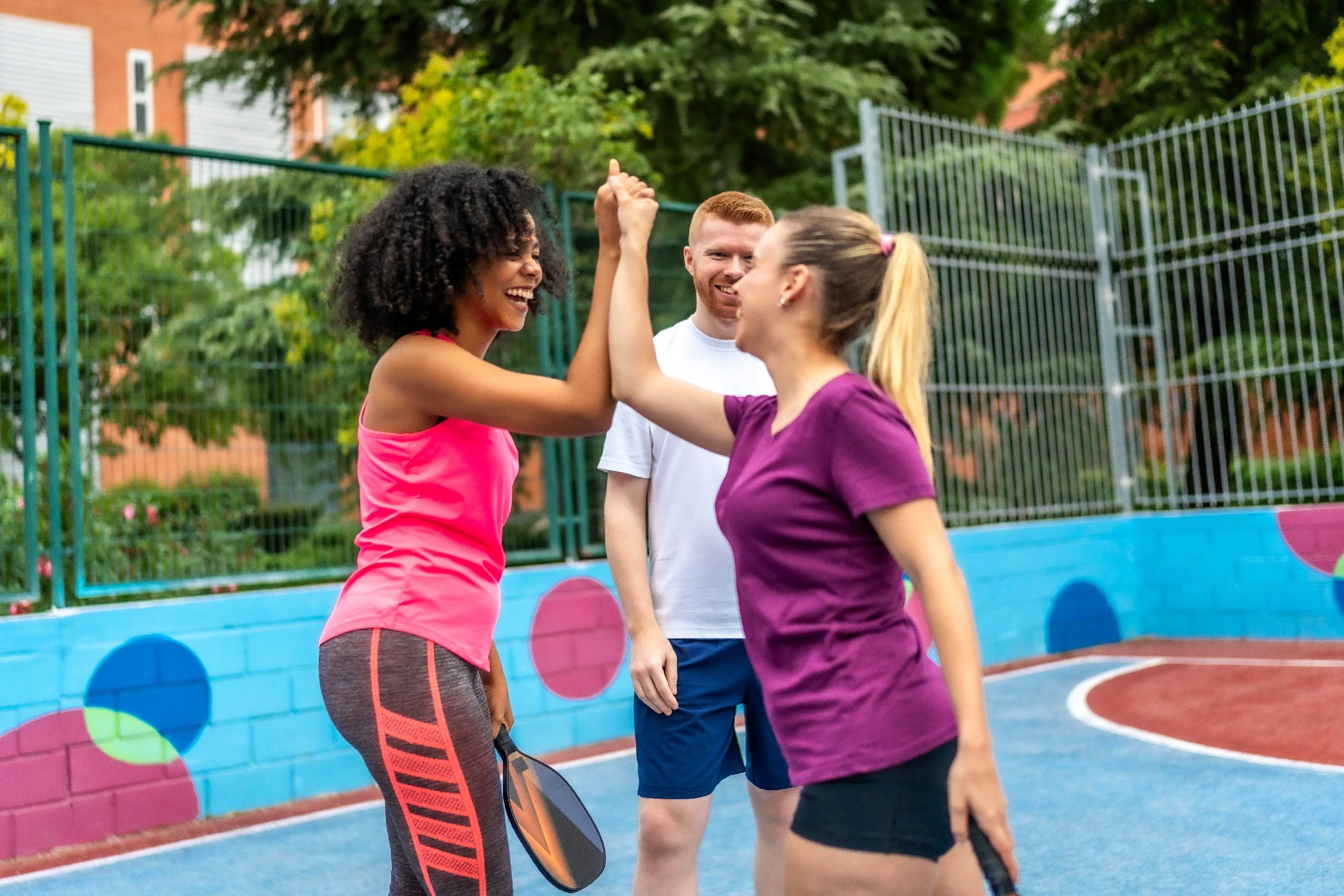Blog
how to strike a pickleball
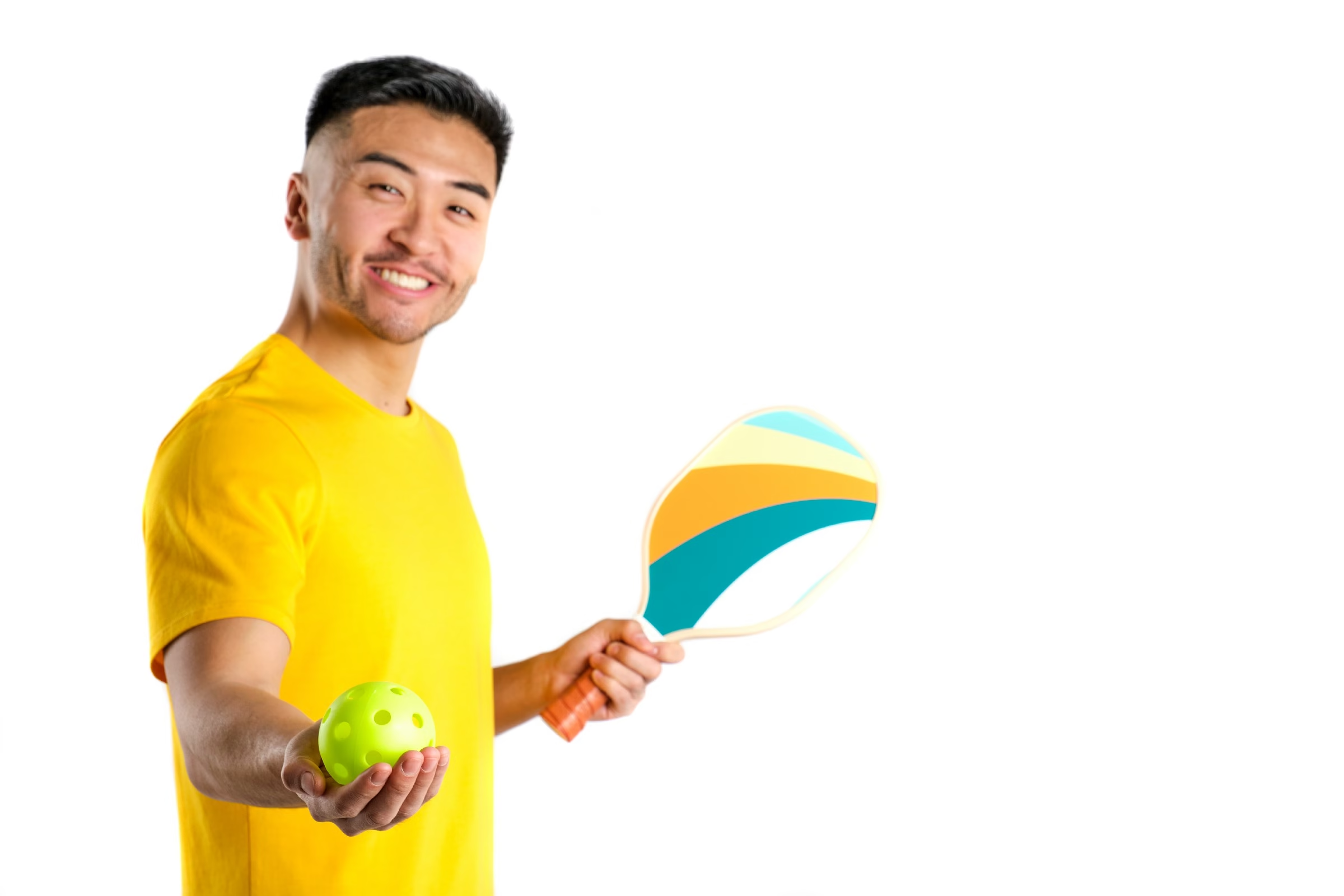
Teh Art of Striking a Pickleball: Mastering the Basics
In the dynamic world of pickleball, where finesse meets strategy, one essential skill stands out: the art of striking the ball. Whether you’re a newcomer eager to learn the ropes or a seasoned player looking to refine your technique, understanding how to execute a solid strike is fundamental to elevating your game. With its unique combination of elements drawn from tennis, badminton, and table tennis, pickleball demands both physical precision and mental acuity. This article will guide you through the fundamental techniques and insights necessary for mastering your pickleball strikes, setting the stage for more effective rallies and greater enjoyment on the court. Let’s dive into the essential elements that will help you unlock your potential and play with confidence.
Table of Contents
- Understanding the Basics of a Pickleball strike
- Mastering Grip Techniques for Greater Control
- Exploring the Impact of stance and Footwork
- The Art of Timing: Hitting the Ball at the Right Moment
- Strategies for Different Types of Strikes
- Common Mistakes to Avoid for a Successful Pickleball Game
- Q&A
- Key Takeaways
Understanding the Basics of a Pickleball Strike
Mastering the art of striking a pickleball involves grasping a combination of fundamentals that set the stage for effective play. First and foremost, grip is crucial. The standard grips used by players are:
- Eastern Grip: A versatile grip allowing for both forehand and backhand strikes.
- Continental Grip: Ideal for players who wish to seamlessly transition between various strokes.
- Western Grip: Primarily used for topspin, this grip is favored by aggressive players.
Next, posture and footwork can make or break a strike. The correct stance positions you to react swiftly, ensuring you’re ready for any shot. Here are some key points for optimal positioning:
- Feet Shoulder-Width Apart: This ensures balance and stability.
- Knees Slightly Bent: promotes agility and allows for rapid movements.
- Weight shift: Distributing your weight onto the balls of your feet will enhance your responsiveness.
Lastly, focus on your follow-through after striking the ball. This motion can determine both accuracy and power. A proper follow-through involves:
- High Finish: Guiding your paddle upwards to add spin.
- Body Alignment: Ensuring your body moves toward the intended target after the strike.
- Relaxed Grip: A tight grip can hinder the fluidity of your shot.
Mastering Grip Techniques for Greater Control
When it comes to effectively striking a pickleball, the way you grip the paddle is pivotal. A solid grip not only enhances your control over the ball but also affects the precision and power of your shots. There are several grip techniques that players can employ, each offering unique advantages. Below are some of the most commonly used grips:
- Eastern Grip: This grip allows for versatility, making it easier to hit both forehands and backhands.
- Western Grip: Preferred by aggressive players, this grip generates a topspin effect, making it challenging for opponents.
- continental Grip: Ideal for serves and volleys, offering a blend of control and comfort.
To master these grips, focus on the following key aspects:
- Grip Pressure: Maintain a relaxed hold on the paddle to allow for swift adjustments during play.
- Paddle Angle: Experiment with your paddle position to find what works best for striking different types of shots.
- Footwork: Good grip technique is complemented by solid positioning,so ensure you are well-balanced and ready to move.
Exploring the Impact of Stance and Footwork
Understanding your body position during a game of pickleball is crucial for executing effective strikes.The way you stand impacts not just your reach but also your balance and power.A strong and stable stance allows you to engage your core, which translates into greater kinetic energy transferred to your paddle. to maximize your striking capabilities, players should maintain a shoulder-width stance, with knees slightly bent and feet positioned for optimal mobility.this foundation enables quick lateral movements and sharp rotations necessary for varied shots.
Footwork is equally vital; it is the dance that allows you to control the rhythm of your game. Quick footwork can mean the difference between connecting with the ball and mis-hitting it. engaging in drills that enhance foot agility not only improves your striking but also your overall gameplay. Some key practices include:
- Side shuffles to enhance lateral movement
- Forward and backward sprints to improve reaction time
- Diagonal runs to help with angle play and court coverage
The harmony between stance and footwork results in a more controlled and powerful strike.Combining proper positioning with agile movements enables players to adjust to the ballS trajectory effectively.The impact of this synergy can be visualized in a simple table that highlights the outcomes of different stance and footwork combinations:
| Stance Type | Footwork Style | Outcome |
|---|---|---|
| Balanced Stance | Quick Shuffle | Improved Reaction |
| wide Stance | Lateral Step | Increased Stability |
| Narrow Stance | Fast Pivot | Enhanced Speed |
The Art of Timing: Hitting the Ball at the Right Moment
Mastering the precise moment to strike the ball can be the difference between a flawless shot and a missed possibility. Understanding the ball’s trajectory and your position on the court is key to achieving optimal timing.Here are some essential points to consider:
- Focus on the Ball: Keep your eyes on the ball as it approaches. This enhances your hand-eye coordination and allows you to judge the perfect moment to swing.
- Body Positioning: Ensure your feet are positioned correctly.A stable stance will give you the balance needed to generate power behind your hit.
- Practice Rhythm: Develop a consistent rhythm when hitting the ball. This helps you become more instinctive,allowing you to react naturally during a match.
The ideal timing for a strike often depends on the type of shot you intend to make. As a notable example, when preparing for a volley, you’ll want to strike the ball out in front of your body.Conversely, during a groundstroke, allow the ball to come closer to your baseline, maximizing leverage and control. Consider the following table for quick reference on shot timing:
| Shot Type | Optimal Timing |
|---|---|
| Volley | Contact in front of the body |
| Groundstroke | contact just before the ball rises |
| Smash | As the ball reaches its peak |
every player has their unique rhythm and style. Experiment with different timing intervals during practice sessions to find what feels most natural for you. By enhancing your ability to anticipate the ball’s movement and refining your reactions, you’ll see significant improvements in both your power and accuracy. Remember, the beauty of the game lies in the delicate balance of skill and instinct.
Strategies for Different Types of Strikes
Striking a pickleball effectively requires understanding the nuances of various shots. Each situation demands a tailored approach to maximize performance. For example, when executing a forehand strike, focus on maintaining a stable stance and follow through with your swing. A proper grip on the paddle will allow for better control and accuracy.Remember to position your body sideways to the net, enabling a more powerful and controlled shot. Some techniques to consider include:
- Weight transfer: Shift your weight from your back foot to your front foot during the swing.
- Paddle angle: Adjust your paddle angle based on the desired height and speed of your strike.
- Follow-through: Extend your arm fully to ensure your shot has power and direction.
In contrast, when facing a backhand strike, the approach can differ significantly. Here,timing and body positioning are crucial for achieving the best result.Aim to bring your non-dominant hand into play to assist with power and stability. The following tips can enhance your backhand stroke:
- Grip: Experiment with different grips to find what feels most pleasant and controlled.
- Footwork: Anticipate the incoming ball’s trajectory and adjust your position accordingly.
- Paddle readiness: Make sure to prepare your paddle early to engage your body’s rotational strength.
the serve sets the tone for the entire game, and mastering it can provide a considerable advantage. A well-executed serve can catch your opponent off guard and give you the upper hand. Key serving strategies include:
- Toss height: Aim for a consistent toss height that allows for adequate paddle swing.
- Targeting: Aim for specific areas of the court, such as the corners or the deep backline.
- Spin: Experiment with different types of spin to make your serve unpredictable.
By employing these strategies tailored to each type of strike, you’ll enhance your pickleball game significantly, making every shot count!
Common Mistakes to Avoid for a Successful Pickleball Game
When stepping onto the pickleball court, players often bring excitement but leave behind essential strategies that can elevate their game. One common misstep is neglecting proper positioning.Players frequently crowd the net, desiring to capitalize on every shot. Though,being too close can lead to missed opportunities for volleying or reacting to unexpected shots. Maintain a balanced stance and ensure that you have enough space to move laterally, giving yourself the best chance to respond effectively.
Another frequent error is the tendency to ignore footwork. Many players focus solely on their paddle swing,overlooking how their feet contribute to a successful strike. Effective footwork allows you to set up under the ball, providing better control and power. Remember to stay light on your feet, pivot, and use small steps to align your body with the shot. Practicing your footwork drills can vastly improve your overall gameplay and help you avoid those costly missed hits.
players often make the mistake of underestimating their opponents. It is indeed essential to respect each adversary’s abilities; failing to do so can lead to overly aggressive shots or poor decision-making. Here’s a simple strategy table that highlights how to gauge your opponent’s play style effectively:
| Opponent type | Key Traits | Strategy |
|---|---|---|
| Power Players | Strong serves, aggressive plays | Focus on defence, wait for a mistake |
| Control Players | Precise shots, strategic placements | Mix up your shots, disrupt their rhythm |
| Newbies | Unpredictable but erratic confidence | Play safe and keep the ball in play |
By avoiding these common pitfalls, you’ll not only enhance your individual performance but also contribute to a more enjoyable and competitive game for everyone involved. When strikes become more calculated and strategic, every point becomes more rewarding.
Q&A
Q&A: Mastering the Art of Striking a Pickleball
Q1: What is pickleball,and why is learning to strike it properly important?
A1: Pickleball is a paddle sport that combines elements of tennis,badminton,and table tennis. It’s played on a court with a net, using a lightweight plastic ball and solid paddles. Learning to strike the pickleball effectively is crucial because proper technique enhances your control, precision, and ultimately your overall game strategy. A well-executed strike can turn the tide of a match!
Q2: What are the basic types of strikes in pickleball?
A2: The fundamental strikes in pickleball include the serve, forehand, backhand, volley, and overhead smash. Each type plays a specific role in gameplay. Such as, serves initiate the action, while volleys and overheads capitalize on opponents’ mistakes, keeping pressure on them.Q3: How should I grip my paddle for an effective strike?
A3: the most common grip is the “continental grip,” which resembles a handshake. This grip allows for versatility while striking forehands, backhands, volleys, and serves. To experiment, try the “Eastern” grip for your forehand and the “Western” grip for more topspin. Whichever grip you choose, ensure it feels comfortable and secure in your hand.Q4: Can you describe the mechanics of a proper forehand strike?
A4: Certainly! Start by positioning your non-dominant foot forward. As the ball approaches, pivot your body and rotate your hips towards the net. Swing the paddle back, then forward in one smooth motion. contact the ball at waist height, utilizing an open paddle face for an optimal strike. Follow through towards your target for increased power and accuracy.Q5: What about the backhand? How can I improve this stroke?
A5: The backhand can seem tricky at first, but practice makes perfect. Begin by positioning your feet shoulder-width apart. Rotate your shoulders and turn your body slightly away from the ball. As it approaches, step into the shot while swinging the paddle sideways. Keep your paddle face slightly angled to create control. Remember to maintain a relaxed grip to absorb the impact without losing control.
Q6: What strategies can enhance my volley strikes?
A6: Volleys are all about timing and placement.Stay close to the non-volley zone line—often called the kitchen—to intercept the ball before it bounces. Use a compact swing with a firm wrist, striking the ball in front of your body. Focus on redirecting the ball to your opponent’s weak spots to pressure them into making errors or hitting an easier return.
Q7: When should I use an overhead smash, and how do I go about it?
A7: an overhead smash is your opportunity to capitalize on high balls or your opponent’s mistakes. Position yourself beneath the ball, raising your paddle above your head. as you strike, hit firmly and aim for a downward trajectory to ensure it passes over the net. Make sure to use your legs for power, pushing off the ground as you swing.
Q8: How can I practice my striking skills outside of play?
A8: Off-court practice can be incredibly beneficial! Consider using a wall to rebound the ball back to you, allowing for continuous striking practice. You can also practice shadow swings—moving through the motions without a ball—to develop muscle memory. Additionally, engaging in drills with a partner can definitely help refine your techniques and timing.
Q9: Any final tips for beginners?
A9: Embrace every mistake as a learning opportunity! Consistency in practice is key, and don’t hesitate to seek feedback. Watching experienced players, participating in clinics, or even online tutorials can accelerate your learning process. Above all,remember to enjoy the game,and have fun while mastering the art of striking a pickleball!
key Takeaways
As you step onto the court,armed with the knowledge of how to strike a pickleball effectively,you’re ready to elevate your game and embrace the vibrant spirit of this beloved sport.Remember, every strike is not just a technical maneuver but also an opportunity to connect with your teammates and opponents, celebrating the joy of play. Practice consistently, stay adaptable, and don’t shy away from experimenting with different techniques. Whether you’re aiming for the perfect drop shot or a powerful drive, let your enthusiasm for the game shine through in every swing. Here’s to rallies filled with laughter, skill, and the ever-thrilling dance of the pickleball court. Happy playing!

